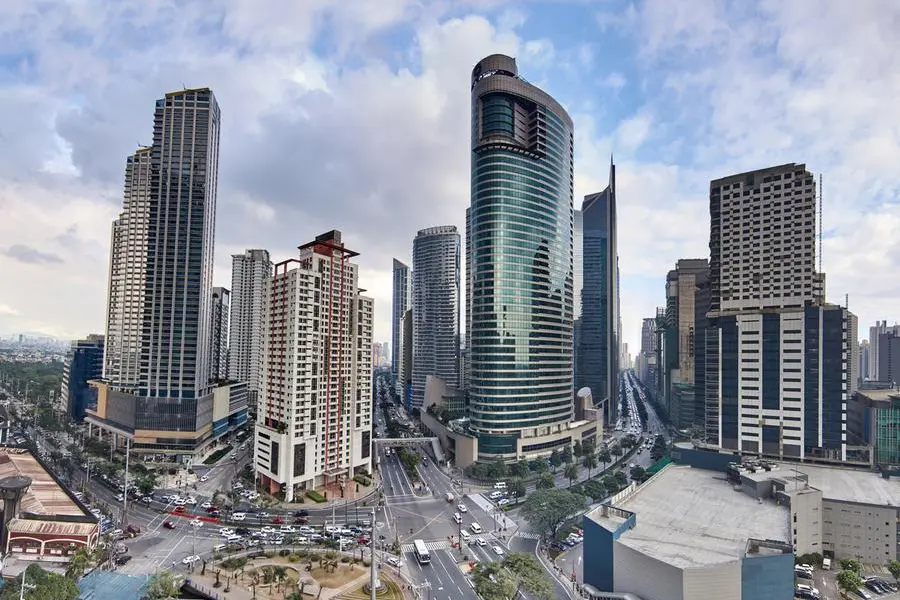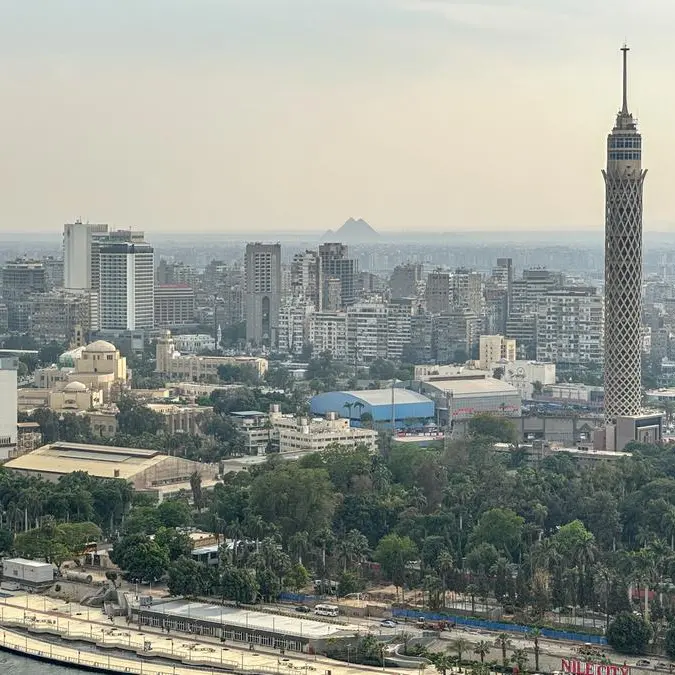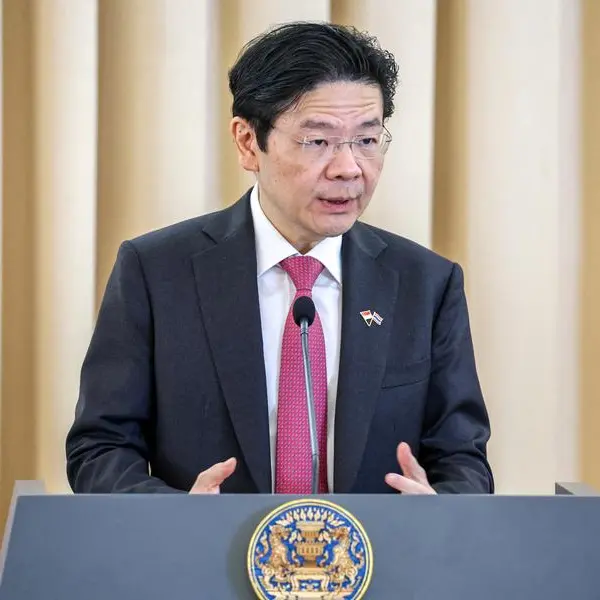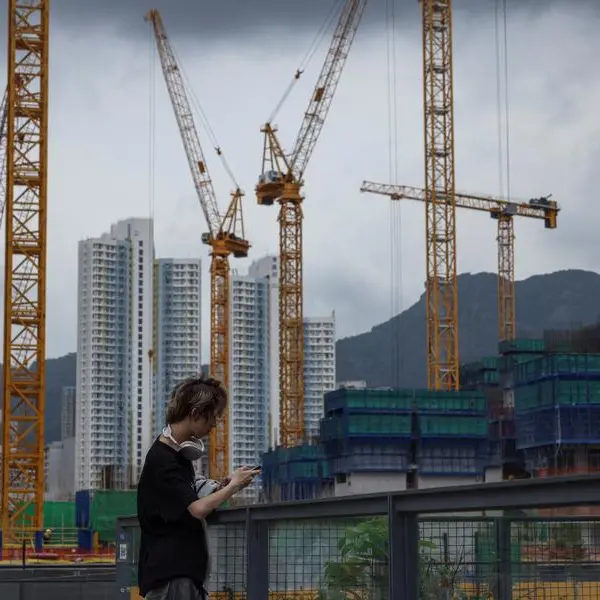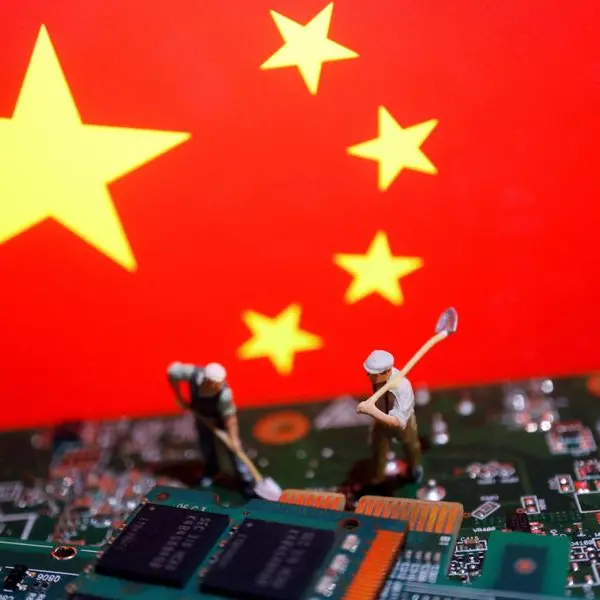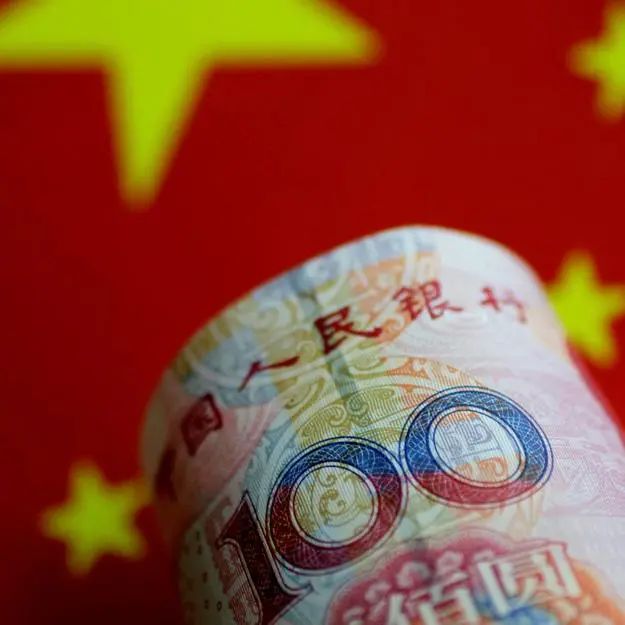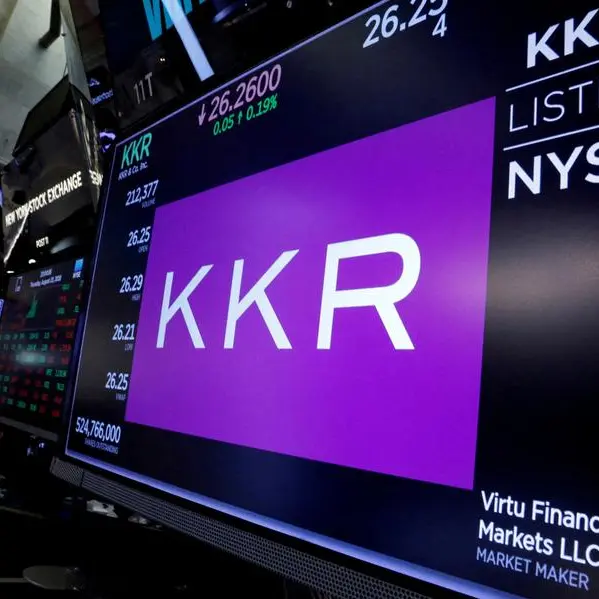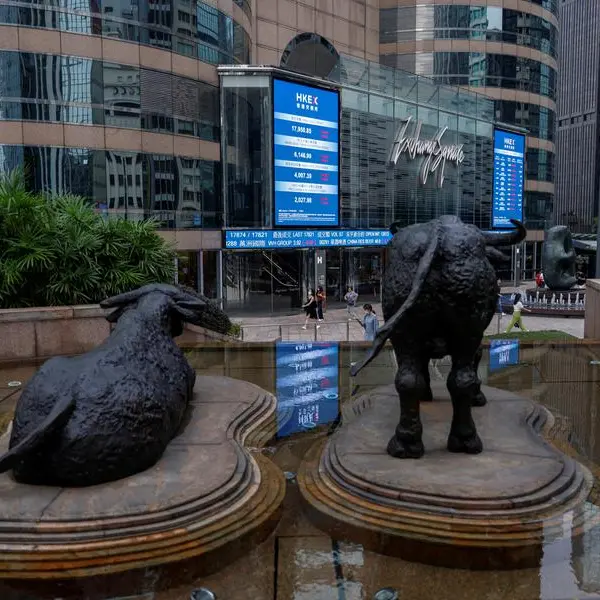PHOTO
Inflation likely cooled for the fifth straight month and eased below six percent in more than a year, but upside risks remain from the impact of the El Niño, as well as the impending wage hikes in Metro Manila and in the provinces, according to economists.
UnionBank chief economist Ruben Carlo Asuncion said inflation further eased to 5.8 percent in June after slowing to a 12-month low of 6.1 percent in May from 6.6 percent in April.
The last time headline inflation averaged below six percent was in May 2022 at 5.4 percent.
Asuncion's projection is well within the 5.3 to 6.1 percent forecast range of the Bangko Sentral ng Pilipinas (BSP) for June. The central bank said the lower prices of meat and fruits, as well as the rollback in LPG prices may have contributed to downward price pressures.
However, higher prices of key food items, such as rice, vegetables, and fish, along with the increase in domestic oil prices and electricity rates, as well as the depreciation of the peso against the dollar were the primary sources of upward price pressures in June.
Bank of the Philippine Islands lead economist Jun Neri also believes inflation likely cooled to 5.7 percent. He said, however, that the BSP is likely to keep the high interest rate regime for a longer period as it is unlikely to cut rates this year due to the hawkish US Federal Reserve.
'If the US does not cut the Fed funds rate in 2024, we think the BSP will opt to cut policy rates modestly. While BSP may be tempted to cut faster than the Fed to boost the economy's performance and to slow down the peso's appreciation, they will probably choose to cut gradually to avoid the side effects of the aggressive rate cuts like those carried out in 2016 and 2020 episodes,' Neri said.
According to Neri, the unusual market volatility seen in 2018 and 2022 were, to a large extent, due to the aggressive cuts that preceded them.
ING Bank senior economist Nicholas Mapa said inflation eased to 5.5 percent in June, but risks to the outlook remain tilted to the upside with the looming El Niño threatening to impact the agriculture sector, as well as the impact of the wage increases.
Mapa explained that a below average performance from the agricultural sector would impact the manufacturing sector given the sizable contribution delivered by manufacture of agri based products.
'We are also facing potential wage adjustments, which are also expected to impact the inflation outlook,' Mapa said, after a seven percent wage hike was approved for the National Capital Region (NCR) that would bring the minimum daily wage to P610 from P570 effective July 16.
Mapa said the inflation downtrend would give the BSP some space to consider rate cuts, but only if the Fed delivers rate cuts of their own.
Security Bank chief economist Robert Dan Roces also projects inflation to have slowed to 5.5 percent, with a range of 5.3 to 5.7 percent, primarily because of tempering food prices, with certain items offsetting, such as higher cost of rice versus lower meat prices.
Meanwhile, Roces cited the elevated costs for power generation that was exacerbated by a weak peso for most of June.
'As to the NCR wage hike, we estimate the impact of the hike to represent an upside risk to both inflation and the policy rate outlook; a policy hike may help offset the inflationary tendency of the wage adjustments and thus the odds of an August policy action have gone up,' Roces said.
China Bank chief economist Domini Velasquez said inflation likely settled at 5.4 percent in June, near the lower end of the BSP's forecast range.
Velasquez said the prices of some key commodities have come down in June, including meat, fish, fruits, and LPG.
However, she also observed upward pressures from increases in vegetable and domestic pump prices, as well as higher electricity rates in areas serviced by Manila Electric Co. (Meralco) and other regional power distributors.
She added that rice prices have also been consistently rising since February.
'Moving forward, we expect inflation to continue its downward trend, sans any significant shock,' Velasquez said.
China Bank sees inflation averaging 5.6 percent this year from last year's 5.8 percent.
'With inflation firmly on a decline, we think that the BSP will continue to stand pat even if the Fed decides to raise rates further. However, there is still a chance that the BSP may be forced to resume hiking if the peso depreciates excessively-which is inflationary-from a narrower interest rate differential with the Fed,' she warned.
Philippine National Bank economist Alvin Arogo said inflation likely slowed further to 5.4 percent in June from 6.1 percent in May, driven by favorable base effects.
'Moving forward, we expect that the monthly print of the year-on-year consumer price growth will fall below four percent in the fourth quarter. The main risk against this view is El Niño,' Arogo said.
While PNB's baseline view is that the BSP would keep the benchmark interest rate steady at 6.25 percent for the rest of the year, Arogo said there is a substantial possibility that the Monetary Board may need to raise rates so it can respond to a hike in US rates even if domestic inflation falls below four percent.
'Not doing so will reduce the difference between the key policy rates of the Philippines and the US, which ultimately could result in a significant peso depreciation,' he said.
Michael Ricafort, chief economist at Rizal Commercial Bank, said inflation may have softened further to 5.3 percent as some food prices continued to ease recently on better weather conditions during the summer season and in the early part of the rainy season that led to increased harvests.
Copyright © 2022 PhilSTAR Daily, Inc Provided by SyndiGate Media Inc. (Syndigate.info).
